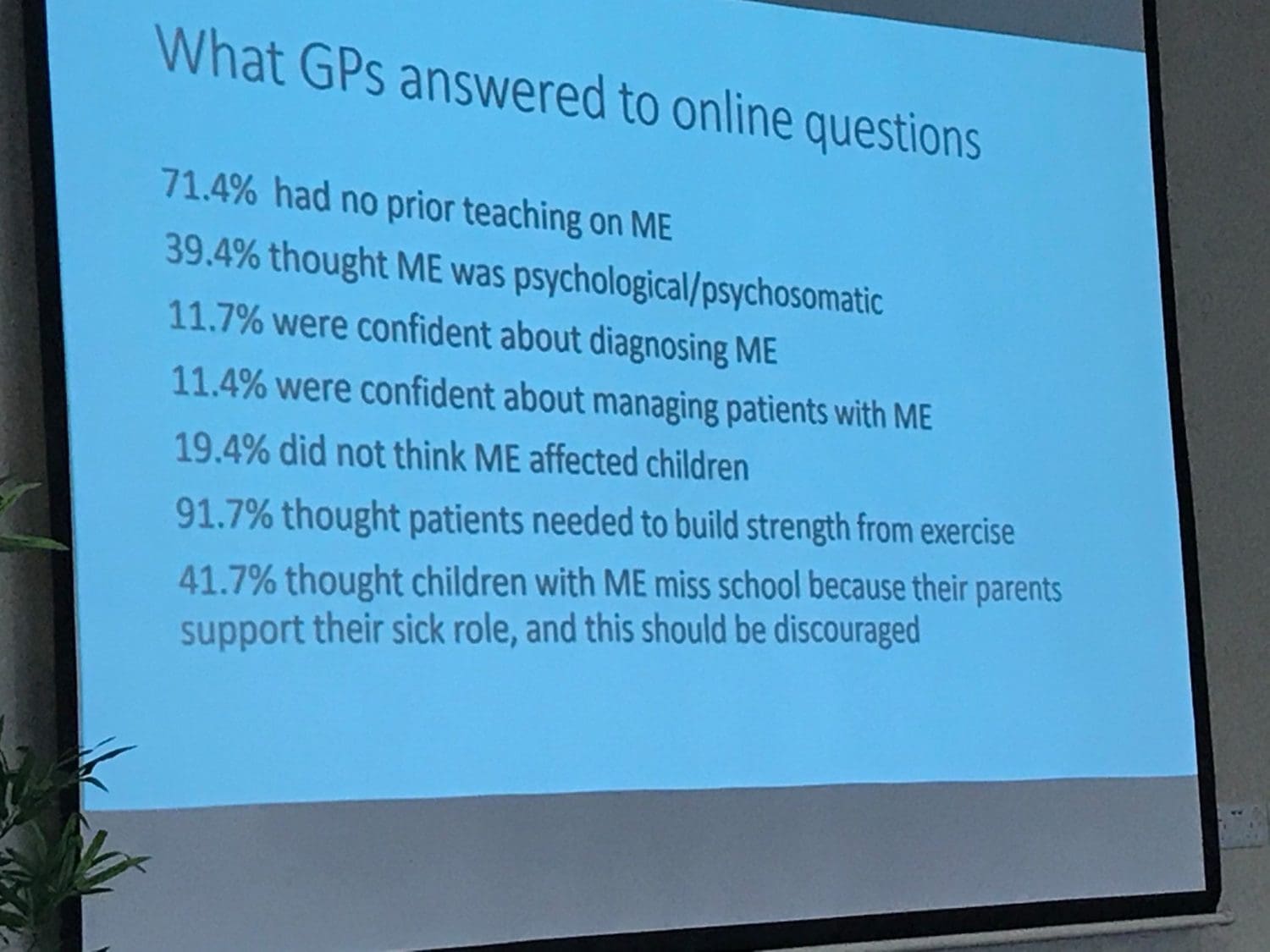THIS ARTICLE DOES NOT CONSTITUTE MEDICAL ADVICE OR RESEARCH
The COVID-19 (known as coronavirus) pandemic has gripped the world. On Friday 13 March, the World Health Organisation said Europe was the epicentre of it. The UK government’s response has faced increasing criticism. But away from this, there’s a second potential catastrophe which could emerge off the back of it. Yet no one is telling the public. The UK government’s “herd immunity” approach, along with Australian and US strategies, could have dire consequences.
Myalgic encephalomyelitis
Myalgic encephalomyelitis, commonly referred to as ME, is a chronic systemic neuroimmune disease. The latest research says it affects at least 65 million people worldwide and around 250,000 people in the UK. But the numbers could be underestimates. Some research puts the number of undiagnosed ME cases at 80%. Meanwhile, other studies show a prevalence rate in the population between 0.2% and 3.48%.
ME is also sometimes referred to as chronic fatigue syndrome (CFS) or ME/CFS, Some people believe the two conditions are different. Although there is more debate about the definition, with it also being referred to as postviral fatigue syndrome. In this article, it’s referred to as ME unless otherwise stated.
While symptoms vary for every person, people living with it often experience:
- A worsening of symptoms brought on by physical activities, mental activities, or both. This is called post-exertional malaise (PEM).
- Flu-like symptoms.
- All-over pain.
- Sleep disturbance / problems.
- Cognitive impairments.
- Impairments of the body’s autonomic systems, such as nervous, digestive, and endocrine.
- Hypersensitivity.
Only around 6% of people with ME have remission from the disease. But the cause of it is often clear. Because in around 50% of cases, people get ME following a viral infection. It’s almost as if the virus never leaves them. Some studies have shown people with ME have a constant, increased immune system response. It’s like the person’s body thinks it’s constantly fighting a virus which isn’t there.
This is where coronavirus comes in.
Coronavirus and ME
As filmmaker and ME patient Jennifer Brea tweeted:
As the US and many other countries brace for an uptick in new infections, hospitalizations, and deaths due to #COVID-19, here is one other problem almost no one is talking about: long-term chronic illness.
— Jennifer Brea🦒 (@jenbrea) March 14, 2020
According to officials, older people and those with underlying health conditions are most at risk from coronavirus. But a portion of the population may also be at risk of getting ME after being infected.
Dr Mark Guthridge is a research scientist who studies ME. As he tweeted:
1. thread: #coronavirus and #MECFS
We know that #MECFS can be triggered by a range of viral pathogens
So it is likely that #coronavirus could trigger a worldwide spike in ME/CFS in the next 6-18 months@bmj_latest https://t.co/GmFKjbOCwr
— Dr Mark Guthridge (@Dr_M_Guthridge) March 14, 2020
Post-infection #MECFS has been reported following infection from brucellosis, #EBV (mononucleosis), #LymeDisease, Q-fever, Ross River virus, viral meningitis, dengue fever and…
…an increased risk of developing #MECFS has already been associated with a previous viral #pandemic
The British Medical Journal (BMJ) published a study Guthridge referred to. It found that in the case of four different viruses, 9% of people affected ended up with ME.
Toronto, 2003: a case in point?
Because so little is known about coronavirus, it’s difficult to project the long terms effects on people. But a possible comparison would be the SARS virus. This is because it’s from the same Coronaviridae family as coronavirus. As the WHO pointed out, the actual coronavirus virus is SARS-CoV-2; genetically-related to SARS.
But it should be noted SARS was more deadly, with a mortality rate of 9.6%. So, this comparison should be viewed with caution; although equally coronavirus is already more prevalent than SARS was in 2002/03.
In 2003, in Toronto, Canada, a SARS epidemic infected at least 273 people. A study looked at 107 patients from this epidemic who had been in intensive care. The symptoms the study looked at are very similar to ME.
It found that one year after being infected, 17% had not returned to work due to severe post-viral symptoms persisting. Many also had ongoing health problems, even when they went back to work. In total, 87% reported still having symptoms a year later. The study did not review the patients again.
So, what could the implications from the SARS study be for coronavirus?
The US situation
Currently, the Centre for Disease Control (CDC) in the US is estimating that for coronavirus:
- 160-214 million people in the US could end up being infected.
- 2.4-21 million people could have to go into hospital.
- 200,000-1.7 million people could die.
This is an infection rate of between 48% and 65% of the population. The hospitalisation rate is between 0.7% and 6%.
The Canary crunched the numbers using the SARS research. We found that for coronavirus, between 408,000 and 3,570,000 people in the US could experience severe ME-like symptoms a year after getting infected.
Ongoing chronic illness
But what would the figures look like past the year mark?
Again, the research is limited. But a study into the glandular fever virus found that there was a 43% fall in the number of people with ME-symptoms after two years post-infection. So, if this was coronavirus, it could potentially still leave between 175,000 and 1,500,000 people in the US chronically ill; possibly permanently living with ME.
It’s important to note that this is just speculative, because of the lack of data on both coronavirus and ME. But as a comparison, 17% of SARS patients left with severe symptoms after a year is far higher than ME incidence rates in other viral illnesses (9%). And even if you applied the 9% ME rate from other viruses to coronavirus, this could still leave between 216,000 and 1,890,000 million people in the US with ME.
And none of this includes milder forms of ME. For example, in the SARS study 9% had to have modifications to go back to work. And as has already been found with coronavirus in Hong Kong:
Some COVID-19 patients have 20-30% reduced lung function after recovery, according to Hong Kong doctors pic.twitter.com/0UaBGXYnJy
— NowThis Impact (@nowthisimpact) March 14, 2020
Moreover, the herd immunity approach being taken by the UK government may be disastrous. This is because the more people that get infected, the higher the potential rate of post-viral ME will be. And none of this takes into account the people already living with ME. If they get coronavirus, it could potentially make them even sicker. Meanwhile it appears that Australia is following the UK’s lead. For example, it’s still keeping schools open with a similar rationale to the UK. And in the US, President’s Trump’s chaotic response has been met with criticism. All three countries are potentially making an explosion of ME even more likely.
Yet, so far the Australian, US and UK governments have not said anything about this potential epidemic of chronic illness. It may be partly because many professionals do not even recognise ME in the first place.
A ticking time bomb?
As Guthridge summed up:
7. For those unlucky enough to develop post-coronavirus #MECFS, their lives will change forever#pwME are:
25% are housebound
<7% recover
Quality of life is worse than #cancer
80% undiagnosed after 2yrs
Most will lose FTE
No treatments/cureshttps://t.co/DYYsCB2q90— Dr Mark Guthridge (@Dr_M_Guthridge) March 14, 2020
Yet for decades (and often still to this day), the medical profession has not dealt with it. People living with ME have been disbelieved, stigmatised, given incorrect treatment, or told it’s ‘all in their heads’. Because there is still no official cause for ME, and therefore no official treatment, the disease is often viewed as part-psychosomatic. This survey was from a recent conference into ME:

So, it remains to be seen what action the government will take. As Brea summed up:
We (in the #MECFS community) have watched over the years the post-Ebola syndromes, the enteroviral outbreaks, and see all the people who survive but are left dealing with long-term sequalae.
It could happen with #COVID-19
It must be tracked and counted, too.
— Jennifer Brea🦒 (@jenbrea) March 14, 2020
And for the sake of all people out there who ARE disabled or chronically ill, of any age, for the love of God, do your part to keep us safe.
— Jennifer Brea🦒 (@jenbrea) March 14, 2020
By not even discussing ME as another potential implication of coronavirus, it only adds to the unfolding calamity that the UK, and the planet, could be facing. And moreover, the public needs to be aware of this. Because potentially, for those that get sick with ME after coronavirus, there may be little support out there.
So, everyone needs to do their bit to stop coronavirus spreading as much as it potentially could. Because it’s not just the here and now which we should be worried about, but years and possibly lifetimes to come.
Featured image via The ME Action Network – YouTube

















